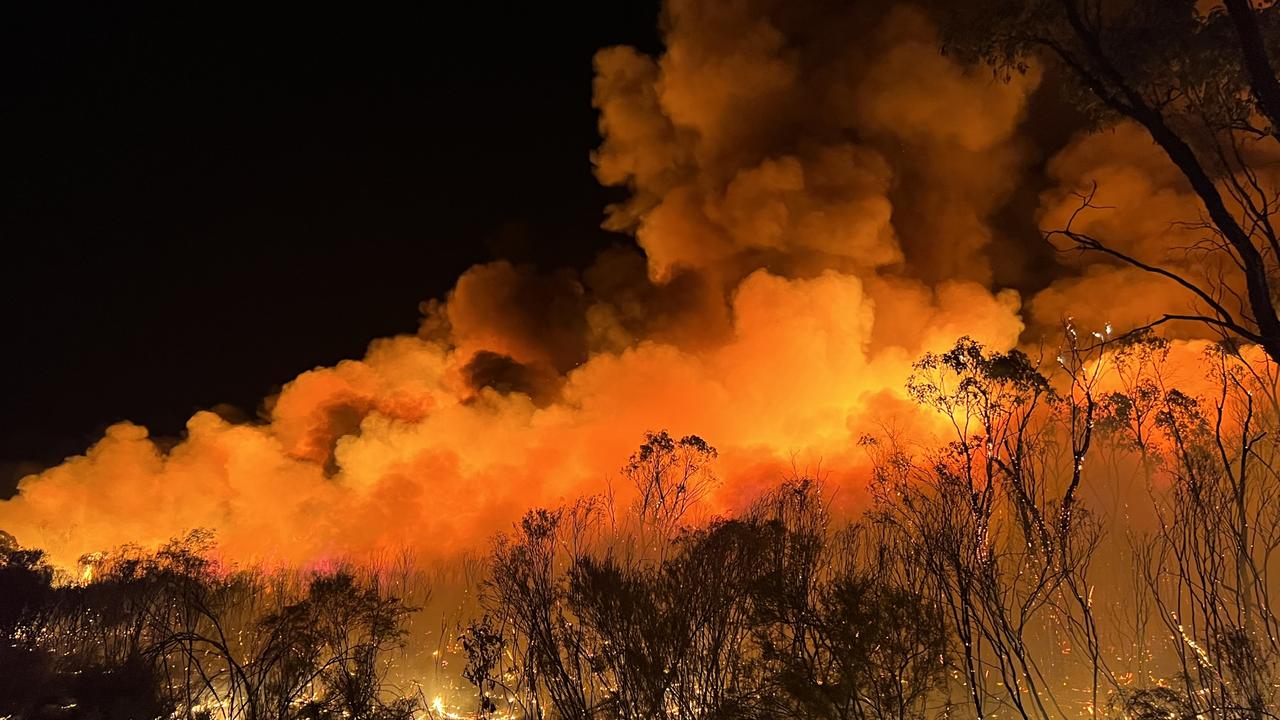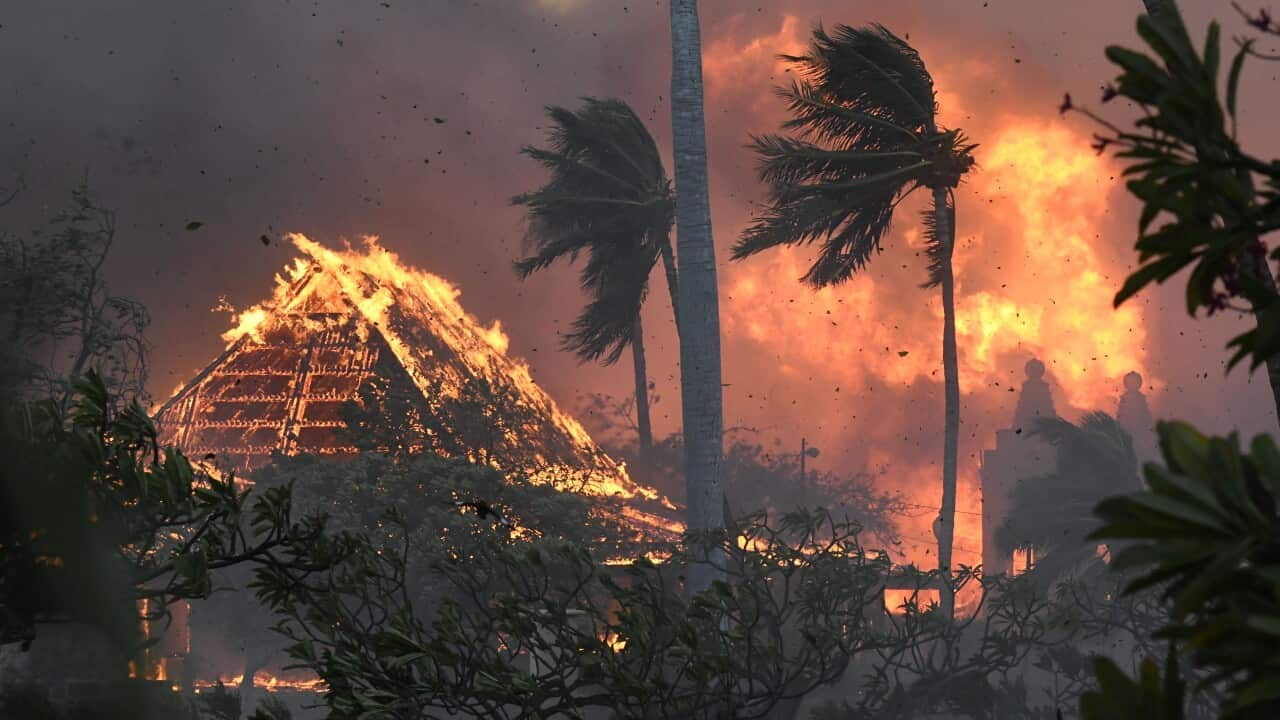Professional Guidance on Bushfire Monitoring for Improved Fire Protection
In the world of bushfire administration, the importance of specialist guidance can not be overemphasized. With the boosting frequency and intensity of wildfires, it is vital to seek support from those well-versed in the details of fire habits and mitigation methods. From understanding the subtleties of bushfire behavior to carrying out practical steps such as firebreaks and defensible spaces, there exists a wealth of expertise that can substantially boost fire protection initiatives. Nevertheless, the key lies not only in the private elements of fire administration but likewise in their natural assimilation into a comprehensive strategy. By diving right into the competence supplied in the following discussion, a clearer path in the direction of strengthened fire protection can be illuminated.
Comprehending Bushfire Habits
To successfully alleviate the effect and handle of bushfires, it is necessary to have a thorough understanding of bushfire actions. Bushfires are complicated natural phenomena affected by numerous aspects such as weather condition conditions, topography, fuel load, and human tasks. Recognizing just how these aspects communicate is important in predicting the behavior of a bushfire, permitting for far better planning and response strategies.
One key facet of bushfire habits is fire spread. By researching past fire cases and examining fire patterns, experts can expect how a bushfire may proceed under particular problems.
Furthermore, understanding cinder strike, spotting, and fire tries is essential in comprehending the full level of bushfire behavior. Ashes can take a trip cross countries in advance of the fire front, firing up area fires and posing a considerable hazard to residential or commercial properties. Fire whirls, on the other hand, can develop erratic fire behavior, making the fire administration procedure even much more tough. By diving into these complexities of bushfire habits, authorities can boost their preparedness and reaction abilities, inevitably lowering the impact of these damaging events.
Carrying Out Firebreaks and Defensible Areas
Understanding bushfire behavior is fundamental for successfully executing firebreaks and creating defensible rooms to improve fire protection. Keeping these firebreaks with regular clearing up of particles and greenery is important to guarantee their efficiency during a bushfire occasion.

Properly implementing firebreaks and defensible spaces requires meticulous planning, normal upkeep, and area teamwork to make sure the greatest degree of fire security for buildings and lives in bushfire-prone locations.
Making Use Of Very Early Warning Systems
Releasing innovative very early warning systems is important for timely discovery and notifying of potential bushfire hazards. By using sophisticated technologies such as satellite monitoring, climate sensors, and thermal imaging, authorities can efficiently keep track of fire-prone locations and find ignition resources at the earliest stages. These systems can offer real-time information on fire intensity, direction, and actions, permitting timely decision-making and quick implementation of firefighting sources to the impacted areas.
Early warning systems additionally play a crucial role in signaling citizens and communities regarding putting at risk bushfire click to investigate dangers. Via automated alarms, text informs, call, and social networks alerts, individuals can be rapidly notified concerning evacuation orders, risk-free sanctuary areas, and emergency situation procedures. This positive technique not just conserves lives but likewise lessens residential or commercial find out here now property damage by making sure that people have enough time to leave and protect their homes.
Developing Emptying Plans
Effective evacuation strategies are essential for ensuring the safety of residents in bushfire-prone locations. Creating well-balanced emptying methods is vital in alleviating the dangers positioned by bushfires and protecting human life. These plans need to be thorough, thinking about different elements such as the topography of the area, the thickness of plants, and the likely speed and instructions of the fire's spread.
When producing emptying plans, it is very important to develop clear evacuation routes and setting up points where residents can collect safely. These routes need to be consistently preserved to guarantee accessibility throughout emergencies. In addition, interaction strategies must remain in place to sharp locals of unavoidable risk and provide clear guidelines on emptying treatments.
Partnership in between regional authorities, emergency situation solutions, and community participants is vital in developing reliable discharge strategies. When a bushfire threatens the area, routine drills and workouts should be performed to familiarize locals with the procedures and ensure a swift and organized evacuation (Bushfire Risk). By focusing on the development of robust discharge plans, areas can improve their durability to bushfire emergencies and minimize the prospective effect on lives and residential or commercial properties

Involving in Community Preparedness
In the world of bushfire management, cultivating area readiness plays a crucial function in fortifying the resilience of homeowners living in risky areas. Participating in neighborhood readiness entails informing homeowners on bushfire risks, advertising fire safety and security practices, and establishing emergency situation plans collectively. By proactively find out involving the neighborhood in readiness initiatives, individuals come to be much more notified and empowered to take positive steps to guard their lives and properties during bushfire occurrences.
Community readiness initiatives usually consist of carrying out fire drills, developing interaction networks, and organizing training sessions on fire suppression methods. Moreover, urging partnership among neighbors to produce a natural support group can considerably boost the total readiness level of a neighborhood. When residents are educated and equipped to respond successfully to bushfires, the chance of lessening damage and guaranteeing safety and security increases considerably.
Final Thought
Finally, reliable bushfire management needs a thorough understanding of fire actions, the application of firebreaks and defensible rooms, the usage of very early caution systems, the growth of evacuation strategies, and area involvement in preparedness efforts. By integrating these techniques, areas can boost their fire security actions and minimize the impact of bushfires on both home and lives. BAL Assessment. It is essential for all stakeholders to collaborate to create a safer setting when faced with this all-natural catastrophe
To effectively mitigate the effect and manage of bushfires, it is essential to have a comprehensive understanding of bushfire actions. By researching previous fire occurrences and examining fire patterns, specialists can anticipate how a bushfire might progress under details problems.Recognizing bushfire behavior is fundamental for efficiently implementing firebreaks and developing defensible rooms to boost fire defense. Engaging in area readiness entails informing residents on bushfire threats, promoting fire safety and security practices, and establishing emergency plans collectively.In conclusion, efficient bushfire administration requires a thorough understanding of fire behavior, the execution of firebreaks and defensible rooms, the utilization of early caution systems, the development of emptying plans, and neighborhood interaction in preparedness efforts.